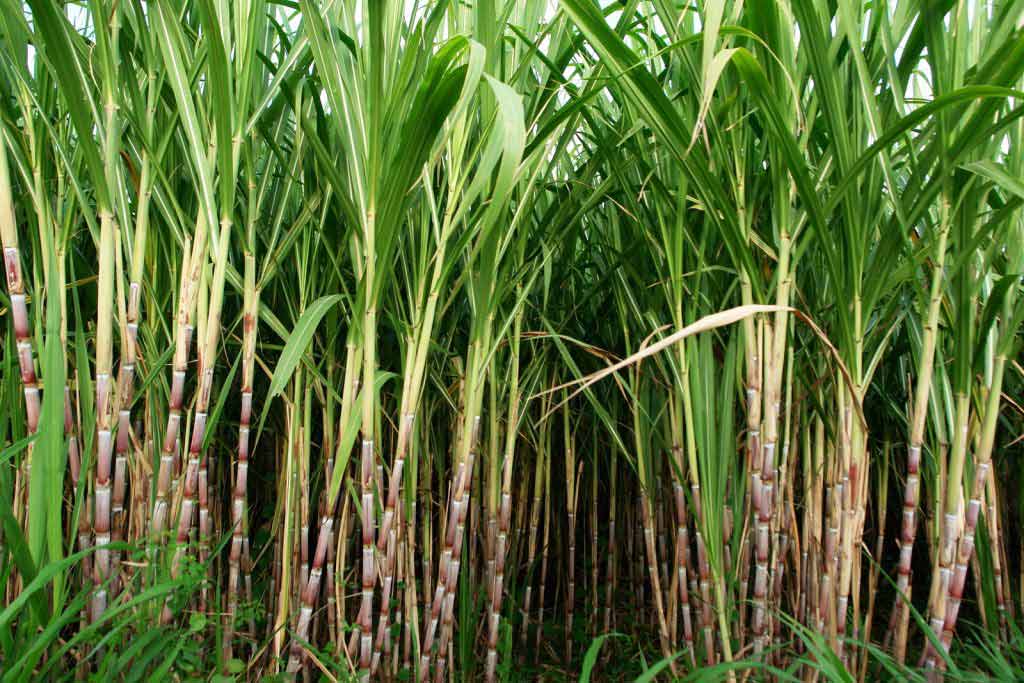Heat exchanger play an important role in a wide range of industrial applications. They often have a significant impact on the overall efficiency of a process, which means that being able to identify adverse conditions affecting their operation is critical to profitability.

Here are three common problems that can reduce heat exchanger effectiveness.
Fouling
Fouling is one of the most common issues in heat exchangers. It occurs when solids, such as sand, algae, dirt or scale are deposited on conducting surfaces, thereby inhibiting the exchanger’s ability to transfer heat from one medium to another. In severe cases, fouling can be very costly, particularly when deposits cause blockage of internal tubes. In such cases, operators may be forced to take the unit out of service to be disassembled and cleaned. Routine maintenance will help mitigate the risk of fouling. Ensuring that exchangers remain within designed operating ranges with regards to flow rate/velocity, differential pressure, and temperature is critical to prevention as well.
Leakage
There are two types of leaks in heat exchangers: internal and external. In most cases, leaks are a result of faulty gaskets and can be easily remedied. Leaks in tubes, on the other hand, are typically more problematic, as they may necessitate the need to plug or weld the leak, or in some cases, replace the tube entirely. Common root causes of tube leaks include corrosion, metal fatigue, and weld defects. These problems are often exacerbated under high pressure.
Air pocket formation
The presence of air pockets is another common problem that negatively impact s heat transfer performance and efficiency. Shell and tube units are especially prone to this condition. Air can enter heat exchangers in a variety of ways; however it is most often a result of improper venting during start -up. Unwanted gas in tubes may also be due to faulty and/or improperly sized seals. Following manufacturer’s instructions during start-up and periodically venting gas when the heat exchanger is in operation are effective in avoiding air pocket formation and ensuring optimal performance.
